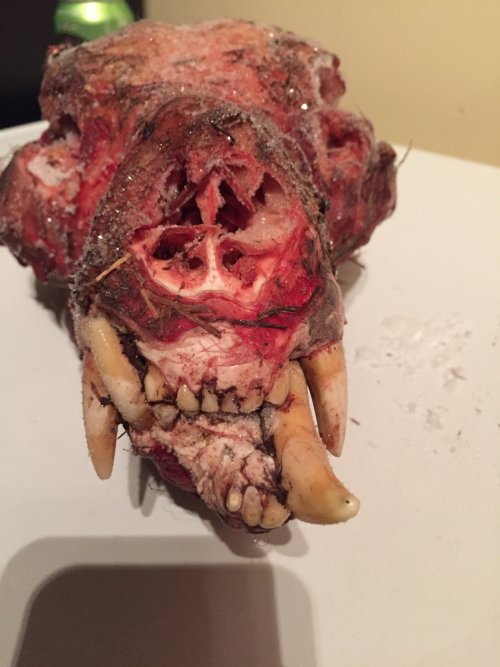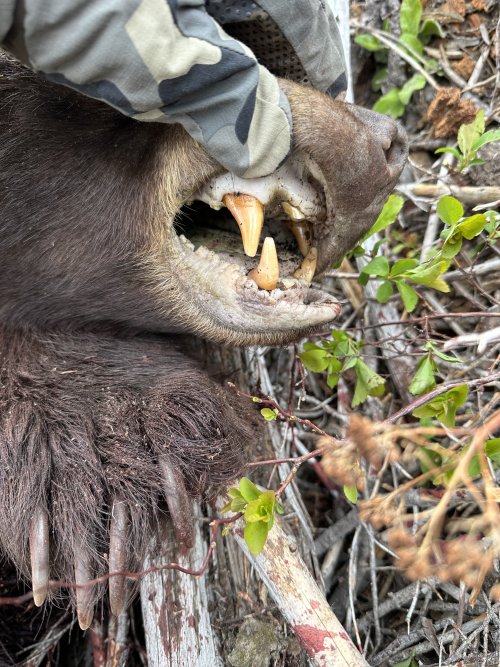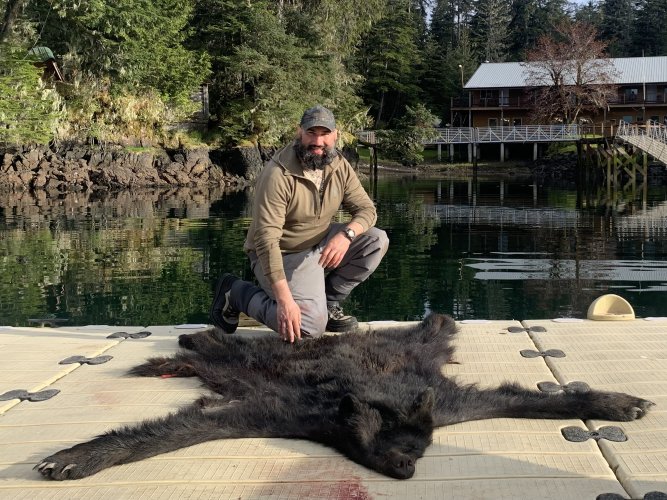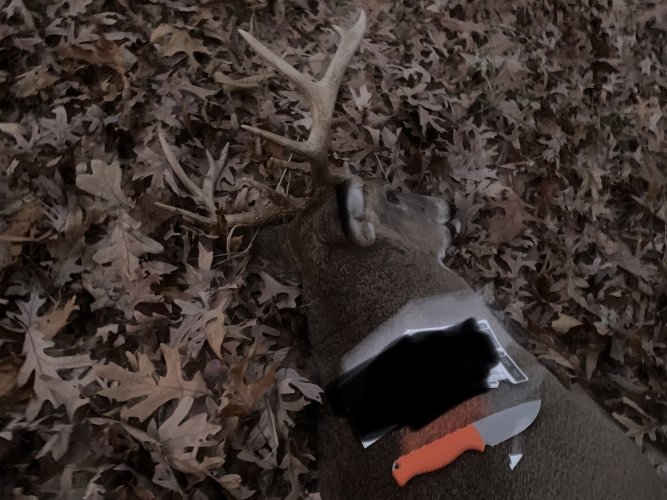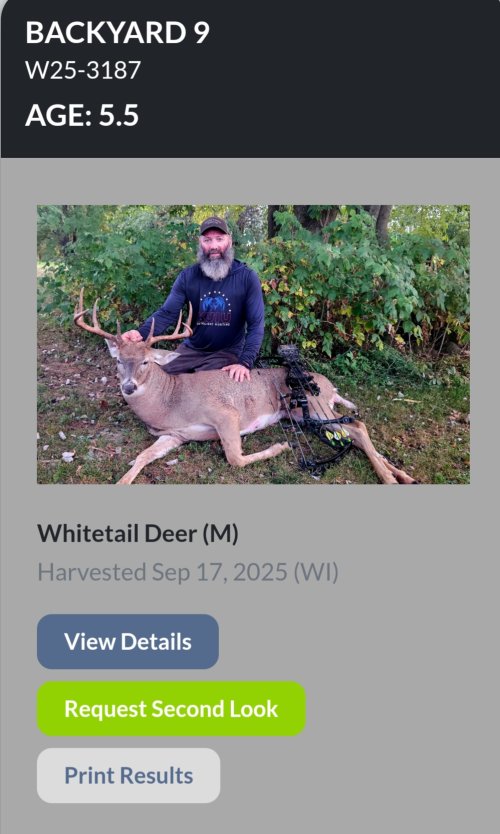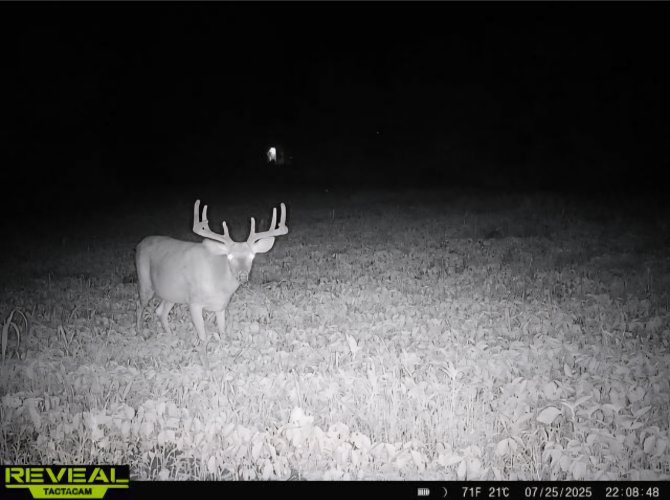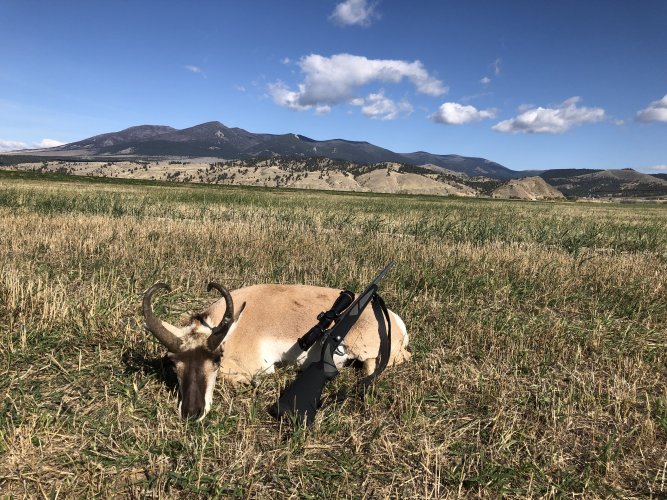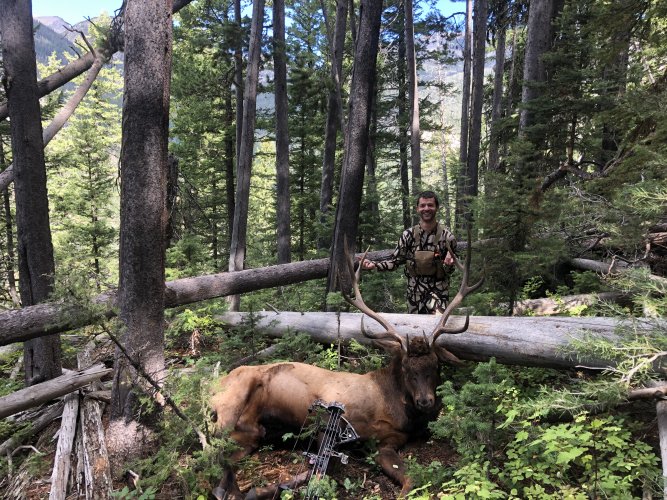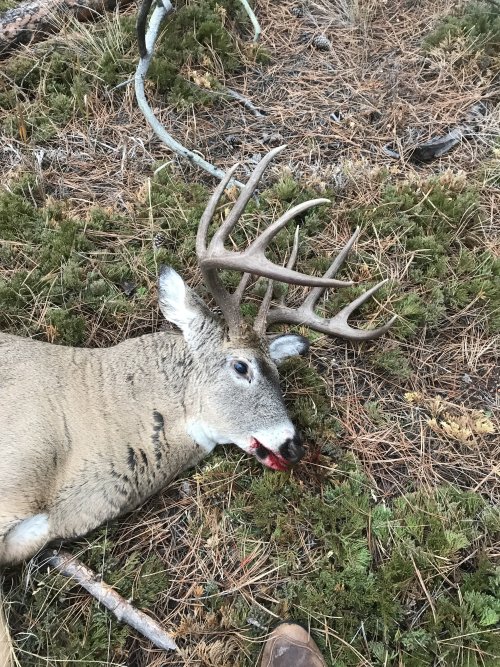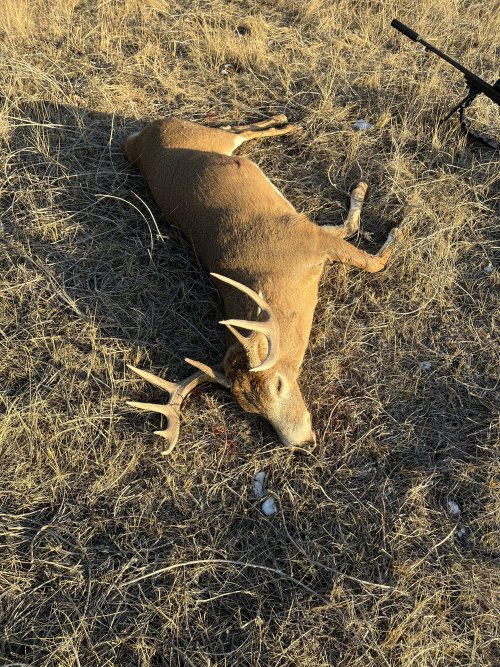Frequently Banned Troll
Well-known member
This should be a fun one.
I’m cleaning a mink skull for a friend and think I might send in a tiny tooth to Matson’s Lab for aging. I have an elk, deer and a couple pronghorn in the garage to also send in.
I have been thinking how interesting it would be to see pics of animals with real data on the age.
I recently sent a flurry of teeth (mostly bears) in to Matson’s for aging and it was very cool to know how old the animal actually was.
@Big Sky Guy here is on the crew at Matson’s Laboratory and he gave me some excellent details on the codes and confidence levels they come up with and why.. based on what I’d sent in. I’d have sent more bear teeth in but I have a pile of skulls that all look similar and I wasn’t sure which bear was what. The ones I sent in - I at least had them marked somehow.
So here’s the guidelines. One animal per post, as many pics as you want of the animal, field pics, jaw, skull, tooth, etc. BUT the age has to be a lab aged result with cementum analysis from a place such as Matson’s Laboratory- NOT a guess from a check station tech, biologist, or any other alleged expert.
I’m cleaning a mink skull for a friend and think I might send in a tiny tooth to Matson’s Lab for aging. I have an elk, deer and a couple pronghorn in the garage to also send in.
I have been thinking how interesting it would be to see pics of animals with real data on the age.
I recently sent a flurry of teeth (mostly bears) in to Matson’s for aging and it was very cool to know how old the animal actually was.
@Big Sky Guy here is on the crew at Matson’s Laboratory and he gave me some excellent details on the codes and confidence levels they come up with and why.. based on what I’d sent in. I’d have sent more bear teeth in but I have a pile of skulls that all look similar and I wasn’t sure which bear was what. The ones I sent in - I at least had them marked somehow.
So here’s the guidelines. One animal per post, as many pics as you want of the animal, field pics, jaw, skull, tooth, etc. BUT the age has to be a lab aged result with cementum analysis from a place such as Matson’s Laboratory- NOT a guess from a check station tech, biologist, or any other alleged expert.
Last edited:




